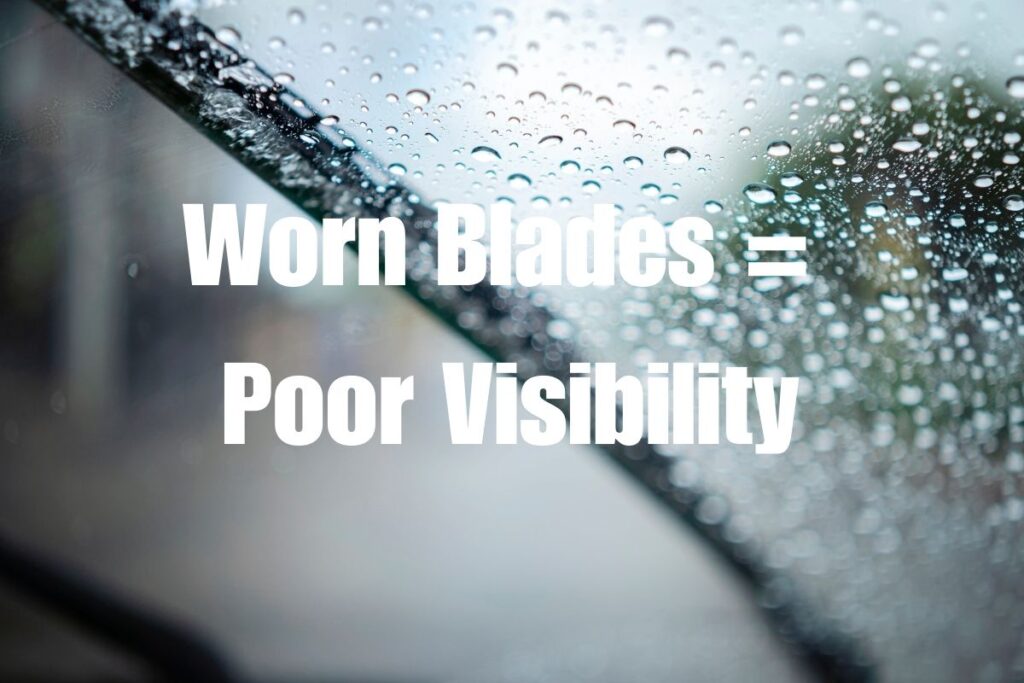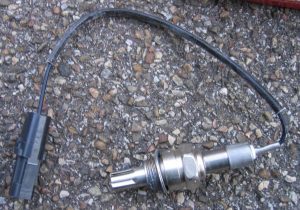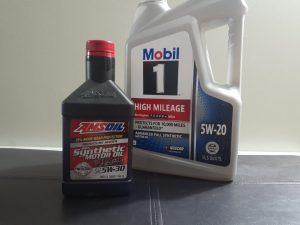
As an Amazon Associate, AutoPros earns commissions from qualifying purchases made through links in this post.
This guide provides a detailed step-by-step process for cleaning and replacing your car’s windshield wipers. It discusses how to know your wipers need maintenance, and includes specific actions to extend their lifespan.
Step-by-Step Guide to Cleaning and Replacing Your Windshield Wipers
Cleaning or replacing windshield wipers is a straightforward process that can be done by following a few basic steps to extend their working life and effectiveness. Proper maintenance not only improves driving visibility but also enhances safety during rain, sleet, snow, mud… and even heavy dust.
STEP 1: Gather the necessary supplies. This includes a soft cloth, a cleaning solution such as diluted vinegar or mild dish soap, and a new set of wiper blades or complete wiper arm assemblies (depending on your car).
STEP 2: Carefully lift the wiper arms away from the windshield, positioning them to allow for easy access to the blades and pivot mechanism.
STEP 3: Wipe down the blades to remove grime and debris with the cloth soaked in cleaning solution.
STEP 4: Inspect the wipers for any signs of wear and tear that may necessitate replacement.
NOTE: We strongly recommend Rain-X replacement wiper blades for their excellent all-weather performance, precise fit and long life. Find the right size for your car here >
STEP 5: Carefully match the new wiper blades with the old ones and install them correctly. Many cars have two different size blades, and it’s easy to reverse them. You’re looking for a precise fit with minimal wiggle — they should slide and snap in accurately. Otherwise you’ll end up with “wiper flop” and chattering in operation.
STEP 6: After you’ve finished installing the new blades carefully inspect the hinges and mechanisms for wear or breakage. Wipers can last for hundreds of thousands of miles, but they eventually wear out or get hit with a rock that can cause friction or misalignment. Likewise you should check the spray nozzles and tubing to make sure they’re not clogged or punctured. Replace any parts necessary.
STEP 7: Now is the time to top up your windshield wiper fluid. Under your car’s hood is a reservoir for wiper fluid. Fill it to the top line with brand-new fluid such as Rain-X All Season Washer Fluid or Prestone Bug Wash Windshield Washer Fluid. You will be thankful the next time your windshield gets coated with bugs or mud.
Why Maintaining Your Windshield Wipers is Important

Maintaining your vehicle’s windshield wipers is essential for clear visibility and safe driving, particularly in bad weather conditions.
Worn or dirty wipers can result in streaks and diminished visibility, which significantly increases the risk of accidents.
In adverse weather conditions such as rain, snow, and ice better visibility ahead means faster stopping time. Gaining just 10 feet of additional braking distance dramatically reduces the risk of accidents.
Signs That Your Windshield Wipers Need Maintenance
Common indicators of deteriorating wipers include streaking or skipping across the windshield, unusual noises during operation, or degradation and cracking of the rubber due to UV exposure.
Regular inspections can assist in identifying wear and tear, facilitating timely blade replacement and maintenance. This proactive approach not only prolongs the lifespan of the wiper systems but also enhances overall driving safety.
Tips for Prolonging the Lifespan of Wipers
While you can periodically replace your wipers each season, it’s easy to get far more mileage out of them with proper maintenance, seasonal care, and effective parking or storage.
For example, parking your car in a shaded area, shielded from UV rays, can prevent degradation caused by sun exposure.
Additionally, using the wipers only when necessary and avoiding operation on dry glass, can significantly reduce wear and tear.
Always use the water squirters before turning on your wipers so they slide smoothly over the glass and sweep away oil and dirt. Running your wipers over a dry windshield will cause the dust and debris to wear tiny grooves in your windshield, reducing visibility permanently over time.
Furthermore, it is smart to apply a protective coating such as Rain-X to your windshield and wiper blades periodically. This puts a slick barrier between your wiper blades and the glass, and causes water and oil to wash off the windshield by reducing surface tension.
Common Mistakes to Avoid
First off, buying the correct fitting blades for your car is essential. Many cheaper “one size fits all” blade replacements don’t fit correctly in the wiper arms. This results in chatter, poor contact with the windshield, and poor cleaning. Overall you’ll have less visibility and will need to replace them more often.

The use of harsh cleaning solutions like bleach or citric acid can damage the rubber blades of your wipers, rendering them less effective and killing their operating lifespan.
As discussed previously, running your wipers over a dry dusty windshield without first using the water squirters is a big no-no. You’ll end up with micro-gouges in the glass, reduced visibility and worn out rubber blades.
Frequently Asked Questions
How often should I replace my car’s windshield wipers?
It is recommended to replace your windshield wipers every 6-12 months, depending on usage and weather conditions. You can extend the life of your wiper blades by following the tips above. When in doubt, invest in new, high-quality wipers to ensure the best visibility and shortest stopping distance possible.
What are some signs that my windshield wipers need to be replaced?
If you notice streaks, skipping, or squeaking when using your wipers, it is a sign that they need to be replaced.
How can I extend the lifespan of my windshield wipers?
Regularly cleaning your windshield and wiping down your wiper blades can help extend their lifespan.
Using Rain-X will help your wipers work substantially better and increase their lifespan. Also, avoid using your wipers on a dry windshield as this can cause damage.
Do I need to replace both wiper blades at the same time?
Yes. You should replace both wiper blades at the same time to ensure even performance and avoid having to replace one again soon after. Blades typically come in 2-packs, so there’s no excuse for replacing just one anyway.
Can I replace my car’s windshield wipers myself?
Yes, replacing windshield wipers is a simple task that can be done at home. Just make sure to purchase the correct size and type for your car. And follow the step-by-step instructions above.
Should I use any special products to clean my windshield wipers?
Regular soap and water or a windshield cleaner generally suffices. Don’t use any harsh chemicals like bleach or citric acid. Make sure to thoroughly rinse and dry the wiper blades afterwards.

Automotive professional with over two decades of experience working on vehicles. Started out at a tire shop, moved to a dealership and now writing about automotive topics full time. I love working on cars and helping car enthusiasts by writing about my experiences.






